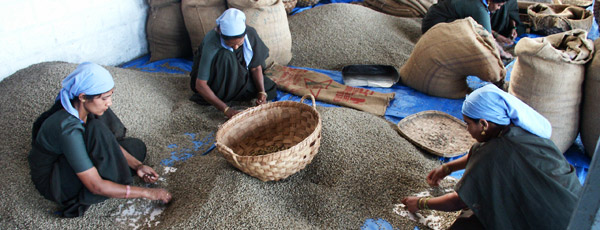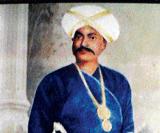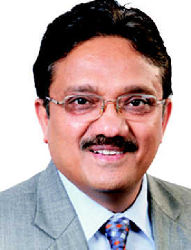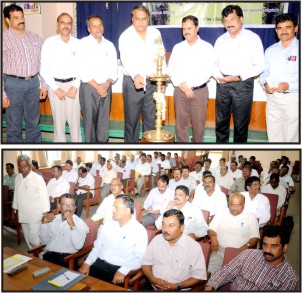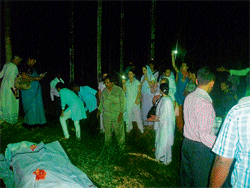Bangalore:
Coffee in the North, tea in the South. In a reversal of preferences, more coffee is being consumed in North India while tea is gradually becoming the preferred drink of the South. And it’s by choice, say industry experts.
Coffee consumption has gone up by 6% in the past few years while tea consumption has shown a 3% annual growth, with both registering thumping increase in hitherto lean-consumption regions. A recent survey by Coffee Board of India, Bangalore shows that of late, more than 50% growth has come from non-South regions. The count of casual coffee drinkers has increased significantly in the past few years in the non-South regions.
“Growth opportunities lie with occasional drinkers and more so in North, East and West of India, which are potential segments to tap”, said a coffee board official.
It’s a similar story in tea. Karnataka records a per capita consumption of 822gm and features in the second highest tea consuming states category. These are in the 800-1,000gm category and include Himachal Pradesh and Rajasthan.
“India is the world’s largest consumer of tea in terms of volume. The domestic market growth has been very significant with non-southern states definitely showing a substantial growth,” G Boraiah, director, development, Tea Board of India, Kolkata, told TOI.
Reasons for shift
“Tea is high on medicinal value. Cities like Bangalore boast of a huge youth base, with access to literature and online information, and they’re perhaps making a conscious decision to switch to tea,” said Boraiah. Significantly, older people in the South still swear by coffee. South India continues to have the largest number of coffee drinkers.
“Tea contains anti-oxidants which are beneficial to the human body,” said V G Dhanakumar, director, Indian Institute of Plantation Management (IIPM), Bangalore. An initiative of the Ministry of Commerce and Industry, Government of India, IIPM is co-promoted by the commodity boards viz. Coffee Board, Rubber Board, Tea Board and Spices Board and Plantation Industry Association.
The growing popularity of coffee, including in the North-East (known to be the biggest tea consumers) can be attributed to the many international coffee chains. In southern states, with a rise in migrant population, coffee is steadily giving way tea.
“Thanks to visibility, interest and growing popularity, coffee consumption has grown thanks to increasing number of coffee bars and cafes. The primary reason has been a significant shift in demographics, increased urbanization and greater disposable income levels,” said a coffee board official.
Coffee Trends
* Consumption has shown an annual average growth of about 6% in past decade — from 70,000 MT (metric tonnes) to 1,02,000 MT till 2009
* Consumption has increased in six years by about 32,000 MT, of which more than 50% growth has come from non-south regions
* Consumption has grown in non-south regions at 42% annually (5456 MT to 21,558 MT) while it has grown by 3.5% annually in southern states (64834 MT to 80538 MT)
(Source: Coffee Board of India, Bangalore)
Tea Tale
Year Estimated consumption (at 3.7% growth)
2010
889.15
2011
922.05
2012
956.16
2013
991.54
2014
1028.23
2015
1066.27
2016
1105.73
2017
1146.64
(Consumption in million kg)
(Source: Tea Board of India, Kolkata)
source: http://www.articles.timesofindia.indiatimes.com / Home> City> Bangalore / TNN / May 29th, 2012
